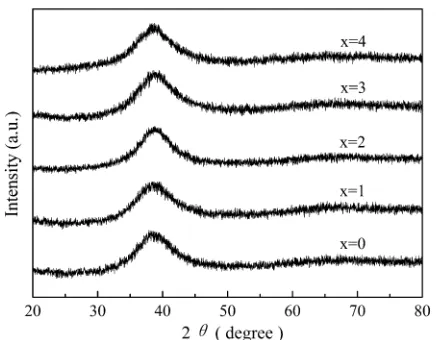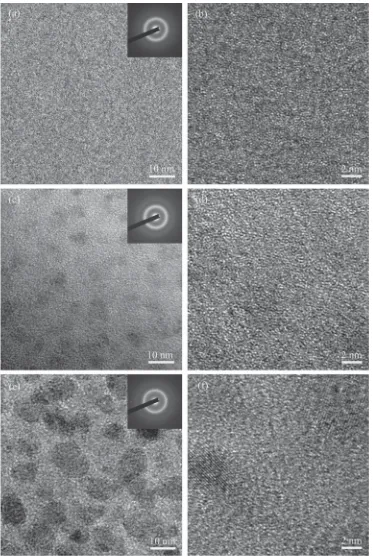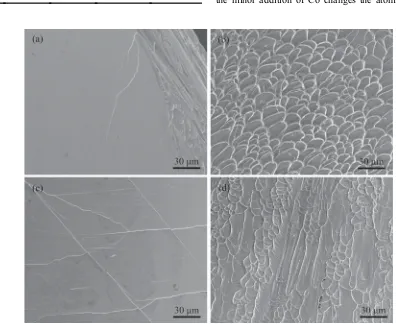Microstructure and Mechanical Properties of Cu Zr Al Bulk Metallic Glass with Addition of Co
Full text
Figure



Related documents
aluminum industries, this technique has been significantly expanded to many other metallic materials, including other light alloys, such as Mg and Ti, and commonly used industrial
Thus, although Nb is one of the key elements of develop- ment of new BMGs with good properties, little was studied in the kinetic approach such as nucleation and grain growth
the fracture surface are produced by the normal tensile stress in the initial stage of fracture and the veins are created by the shear stress during rapid shear propagation, leading
This paper presents the compositional dependence of the thermal and mechanical properties of quaternary Zr-Cu-Ni- Al bulk glassy alloys to optimize the composition for high strength
Since the first emergence of the bulk metallic glass (BMG) synthesized by Chen in 1974, 1) BMGs has been considered to be natural candidates for structural applica- tions due to
a spark plasma sintering process starting from the low sintering temperature, short holding time and rapid cooling. No crystallization within powder particles as well as at
4 The effectiveness of Al addition on the increase in the glass-forming ability, thermal stability and mechanical strength of the Cu–Zr alloys is interpreted in the framework of
With the infiltration temperature increased to 1600 ℃ , the abnormal growth of Zr 3 Al 3 C 5 grain occurred, leading to the large volume shrinkage and the decrease of mechanical